

- RFQ
- BOM
-
Contact Us
Tel: +86-0755-83501315
Email: sales@sic-components.com
- Chinese
- English
- French
- German
- Portuguese
- Spanish
- Russian
- Japanese
- Korean
- Arabic
- Irish
- Greek
- Turkish
- Italian
- Danish
- Romanian
- Indonesian
- Czech
- Afrikaans
- Swedish
- Polish
- Basque
- Catalan
- Esperanto
- Hindi
- Lao
- Albanian
- Amharic
- Armenian
- Azerbaijani
- Belarusian
- Bengali
- Bosnian
- Bulgarian
- Cebuano
- Chichewa
- Corsican
- Croatian
- Dutch
- Estonian
- Filipino
- Finnish
- Frisian
- Galician
- Georgian
- Gujarati
- Haitian
- Hausa
- Hawaiian
- Hebrew
- Hmong
- Hungarian
- Icelandic
- Igbo
- Javanese
- Kannada
- Kazakh
- Khmer
- Kurdish
- Kyrgyz
- Latin
- Latvian
- Lithuanian
- Luxembou..
- Macedonian
- Malagasy
- Malay
- Malayalam
- Maltese
- Maori
- Marathi
- Mongolian
- Burmese
- Nepali
- Norwegian
- Pashto
- Persian
- Punjabi
- Serbian
- Sesotho
- Sinhala
- Slovak
- Slovenian
- Somali
- Samoan
- Scots Gaelic
- Shona
- Sindhi
- Sundanese
- Swahili
- Tajik
- Tamil
- Telugu
- Thai
- Ukrainian
- Urdu
- Uzbek
- Vietnamese
- Welsh
- Xhosa
- Yiddish
- Yoruba
- Zulu
- Kinyarwanda
- Tatar
- Oriya
- Turkmen
- Uyghur
Memory ICs: The Cornerstones of Data Storage in Digital Systems
In the digital era, where data drives innovation—from smartphones and cloud servers to artificial intelligence and autonomous vehicles—memory integrated circuits (ICs) serve as the critical infrastructure for storing and retrieving information. These specialized chips enable devices to retain data temporarily or permanently, empowering everything from instant app launches to long-term archiving of massive datasets. As the backbone of modern computing, memory ICs have evolved dramatically, with diverse types tailored to balance speed, capacity, and persistence.
What Are Memory ICs?
Memory ICs are integrated circuits designed to store digital data in the form of binary bits (0s and 1s). Unlike logic ICs, which process data through logical operations, memory ICs focus on preserving data for later use, acting as the "digital memory" of electronic systems. Their performance is defined by three key metrics:
Capacity: The amount of data they can store (measured in bits, bytes, gigabytes, etc.).
Speed: How quickly data can be read from or written to the chip (measured in nanoseconds or megatransfers per second).
Persistence: Whether data is retained when power is removed (non-volatile) or lost (volatile).
Key Types of Memory ICs
Memory ICs are categorized based on their volatility, speed, and use cases. Here are the most common and essential types:
Volatile Memory ICs
These chips require a constant power supply to retain data; they lose information when power is disconnected. They are prized for their high speed, making them ideal for temporary data storage during active processing.
DRAM (Dynamic Random-Access Memory)
DRAM stores data in capacitors within a grid of memory cells, requiring periodic "refreshing" (recharging capacitors) to maintain data. It offers high capacity at a lower cost but is slower than other volatile memories. Common applications include computer main memory (RAM) and graphics cards (GDDR SDRAM), where large amounts of data need quick access during tasks like gaming or video editing.
SRAM (Static Random-Access Memory)
SRAM uses flip-flop circuits (transistors) to store data, eliminating the need for refreshing. This makes it faster and more reliable than DRAM but also more expensive and power-hungry. SRAM is used in high-speed caches (L1, L2, L3) within microprocessors, where rapid access to frequently used data boosts processing efficiency.
Non-Volatile Memory ICs
These chips retain data even when power is off, making them suitable for long-term storage. They are slower than volatile memories but essential for preserving data between power cycles.
NAND Flash
NAND flash memory uses floating-gate transistors to store data, with cells arranged in a NAND logic gate structure. It offers high capacity and low cost, making it the dominant choice for portable storage (USB drives, SD cards) and solid-state drives (SSDs) in computers and smartphones. NAND flash is divided into SLC (Single-Level Cell, fastest and most durable), MLC (Multi-Level Cell), and TLC/QLC (Triple/Quad-Level Cell, higher capacity but slower).
NOR Flash
NOR flash uses a NOR logic gate structure, enabling fast random read access—critical for boot code and firmware storage in devices like routers, automotive systems, and embedded controllers. While it has lower capacity and higher cost than NAND, its ability to execute code directly (XIP, eXecute In Place) makes it irreplaceable for system initialization.
ROM (Read-Only Memory) and Variants
Mask ROM: Data is permanently encoded during manufacturing, ideal for fixed firmware (e.g., in gaming cartridges or industrial sensors).
PROM (Programmable ROM): Users can program data once using a PROM programmer, often used for custom firmware in legacy systems.
EPROM (Erasable Programmable ROM): Data can be erased with ultraviolet light and reprogrammed, though this is time-consuming.
EEPROM (Electrically Erasable Programmable ROM): Erased and reprogrammed electrically, offering flexibility for small-scale data storage (e.g., device settings, calibration data in sensors).
MRAM (Magnetoresistive RAM)
MRAM stores data using magnetic states instead of electrical charges, combining the speed of SRAM with the non-volatility of flash. It is resistant to radiation and extreme temperatures, making it suitable for aerospace, defense, and industrial applications where reliability is critical. While currently expensive, MRAM is emerging as a potential successor to both DRAM and flash.
Specialized Memory ICs
Ferroelectric RAM (FeRAM): Uses ferroelectric materials to store data, offering fast read/write speeds and low power consumption. It is used in smart cards and medical devices.
Phase-Change Memory (PCM): Relies on phase changes in chalcogenide glass to store data, combining high speed with non-volatility. It is being explored for next-generation storage in data centers.
Design and Technology Trends
Memory ICs have advanced rapidly to meet growing demand for higher capacity, speed, and efficiency:
Shrinking Process Nodes: Manufacturers use smaller transistor sizes (e.g., 3D NAND, which stacks memory cells vertically) to increase capacity without expanding chip size.
3D Integration: Vertical stacking of memory layers (e.g., Samsung’s 176-layer NAND) dramatically boosts storage density, enabling terabyte-scale SSDs.
Low-Power Designs: Innovations like LPDDR (Low-Power DDR) DRAM reduce energy consumption in mobile devices, extending battery life.
Memory-Centric Computing: Emerging architectures (e.g., Intel’s Optane) blur the line between memory and storage, placing memory closer to processors to reduce data access delays in AI and big data applications.
Applications of Memory ICs
Memory ICs are ubiquitous across industries, enabling diverse technologies:
Consumer Electronics: Smartphones (NAND flash for storage, LPDDR DRAM for multitasking), TVs (flash for apps), and wearables (EEPROM for user settings).
Computing: Servers (DRAM for active data processing, SSDs for fast storage), laptops (hybrid memory for balance), and gaming consoles (GDDR for graphics).
Automotive: Infotainment systems (NAND for maps), ADAS (Advanced Driver-Assistance Systems, MRAM for real-time sensor data), and engine control units (NOR flash for firmware).
Aerospace and Defense: Radiation-hardened memory (e.g., SRAM) for satellites and military hardware, ensuring data integrity in harsh environments.
IoT and Embedded Systems: Microcontrollers with built-in flash or EEPROM for smart sensors, home automation devices, and industrial monitors.
Challenges and Future Outlook
Despite their progress, memory ICs face challenges:
Physical Limits: Shrinking transistor sizes approach quantum limits, requiring new materials (e.g., 2D materials like graphene) or architectures.
Cost vs. Performance: Balancing capacity, speed, and durability remains a hurdle, especially for emerging technologies like MRAM.
Sustainability: Reducing energy consumption in data centers, where memory and storage account for significant power use.
Looking ahead, innovations like resistive RAM (RRAM), quantum memory, and neuromorphic memory (mimicking the brain’s structure) could redefine data storage, enabling faster, more efficient, and smarter systems.
Conclusion
Memory ICs are the unsung heroes of the digital age, enabling devices to store, access, and retain data—whether for a split second during processing or decades of archiving. From the DRAM that powers your laptop to the NAND flash in your smartphone, these chips underpin every aspect of modern life. As technology advances, memory ICs will continue to evolve, driving breakthroughs in AI, IoT, and beyond, ensuring that the world’s growing hunger for data is met with speed, efficiency, and reliability.
https://www.sic-components.com/

Hot Products
View MoreRelated Blogs

2000+
Daily average RFQ Volume

30,000,000
Standard Product Unit

2800+
Worldwide Manufacturers

15,000 m2
In-stock Warehouse




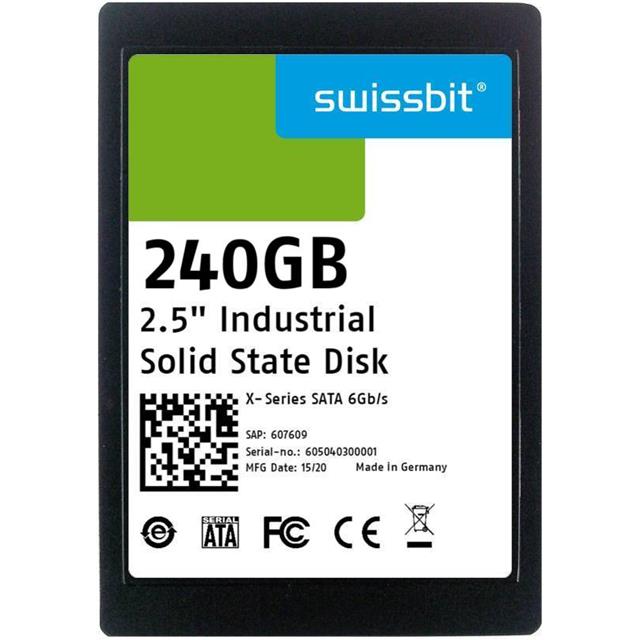

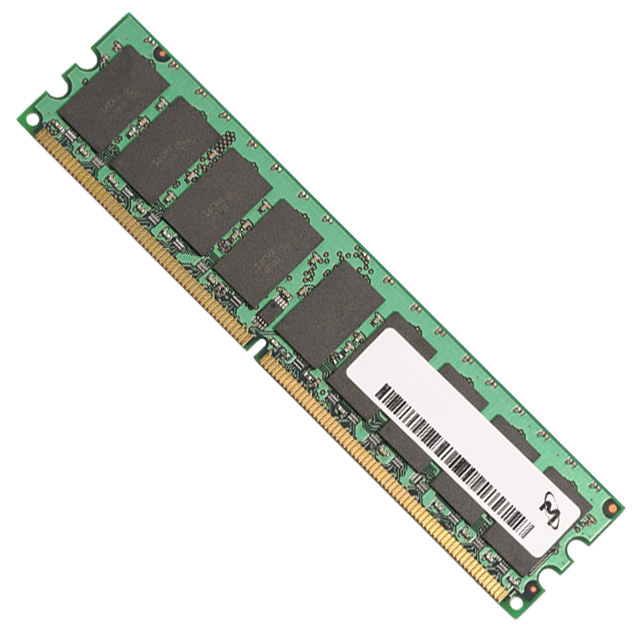
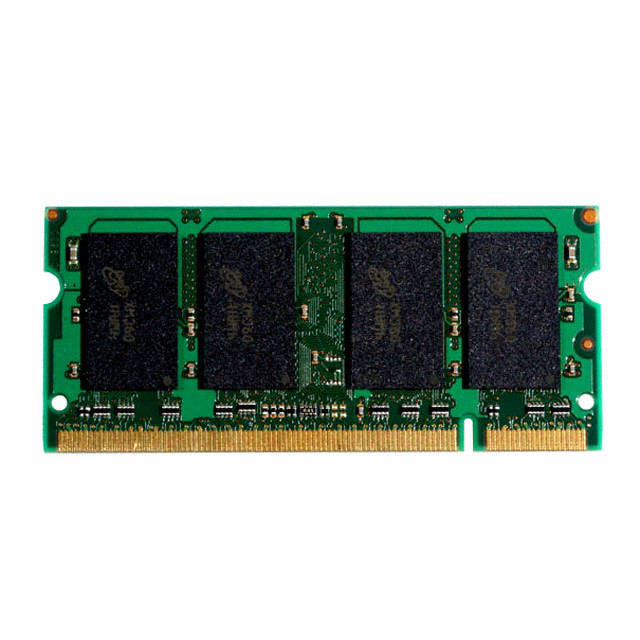
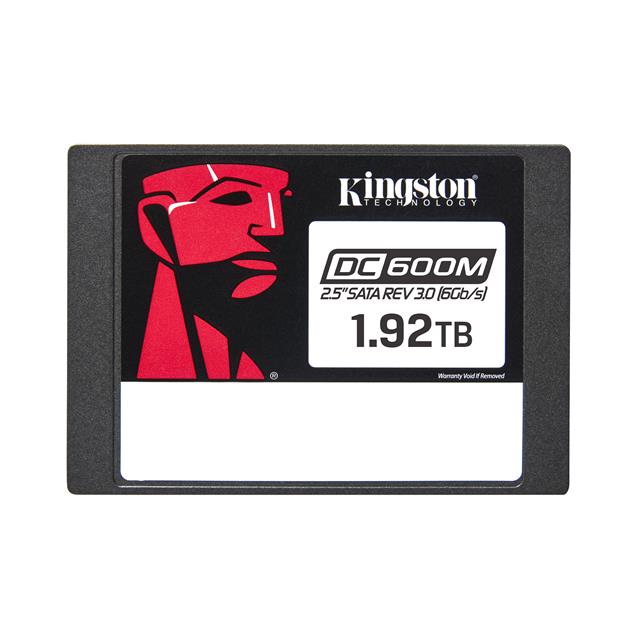
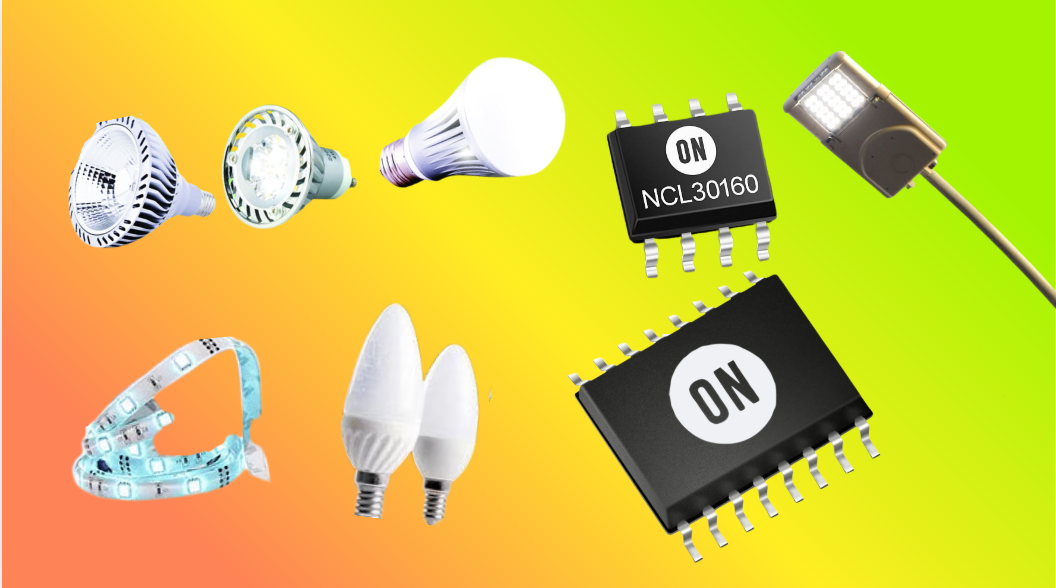
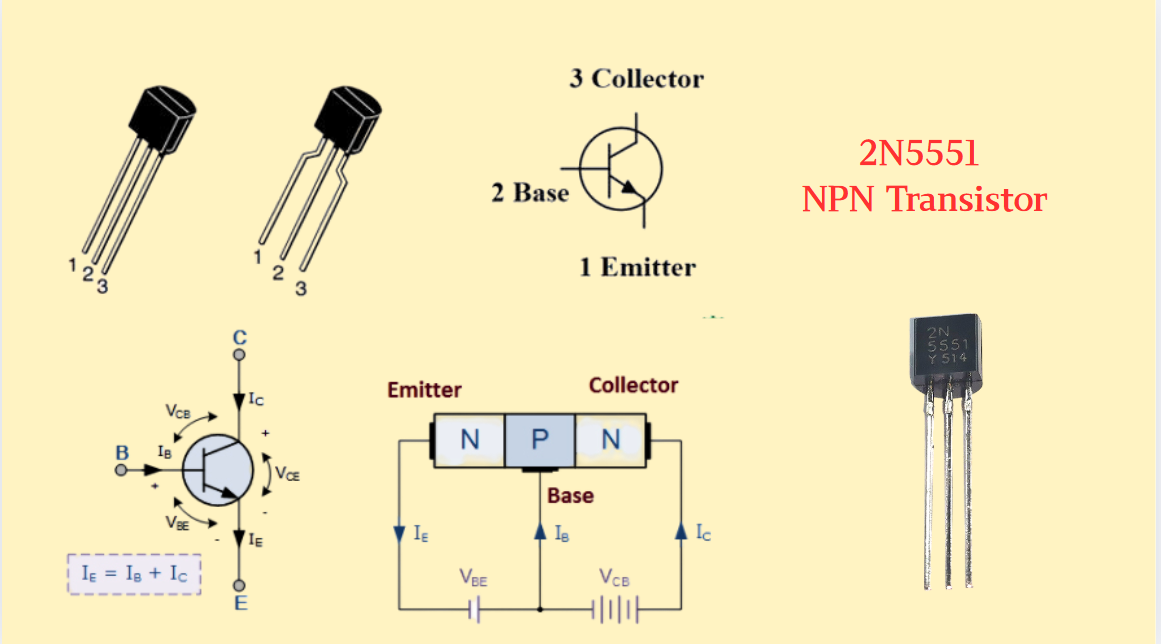
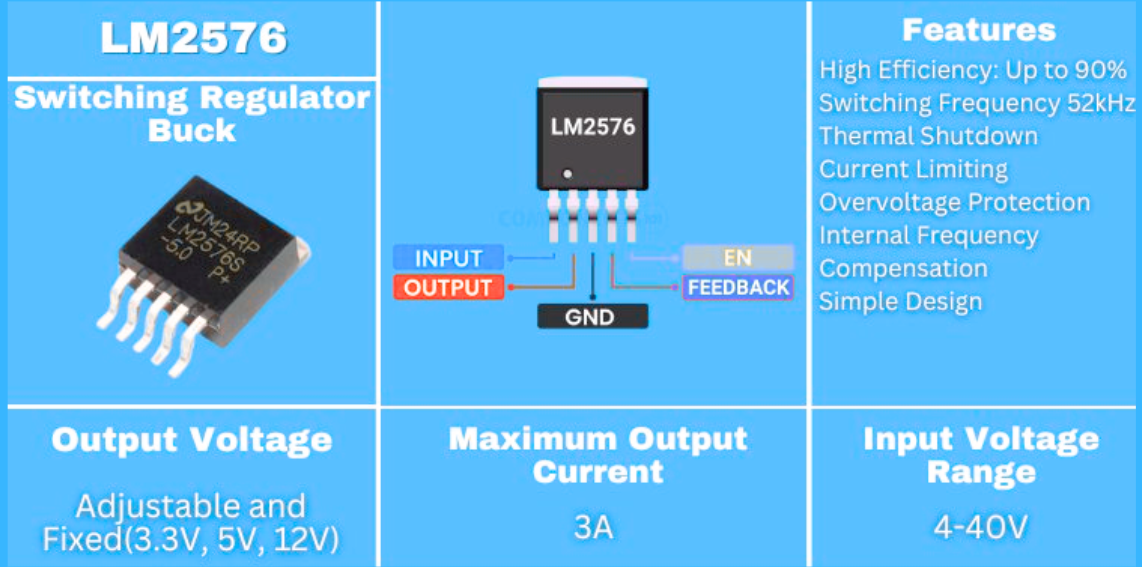
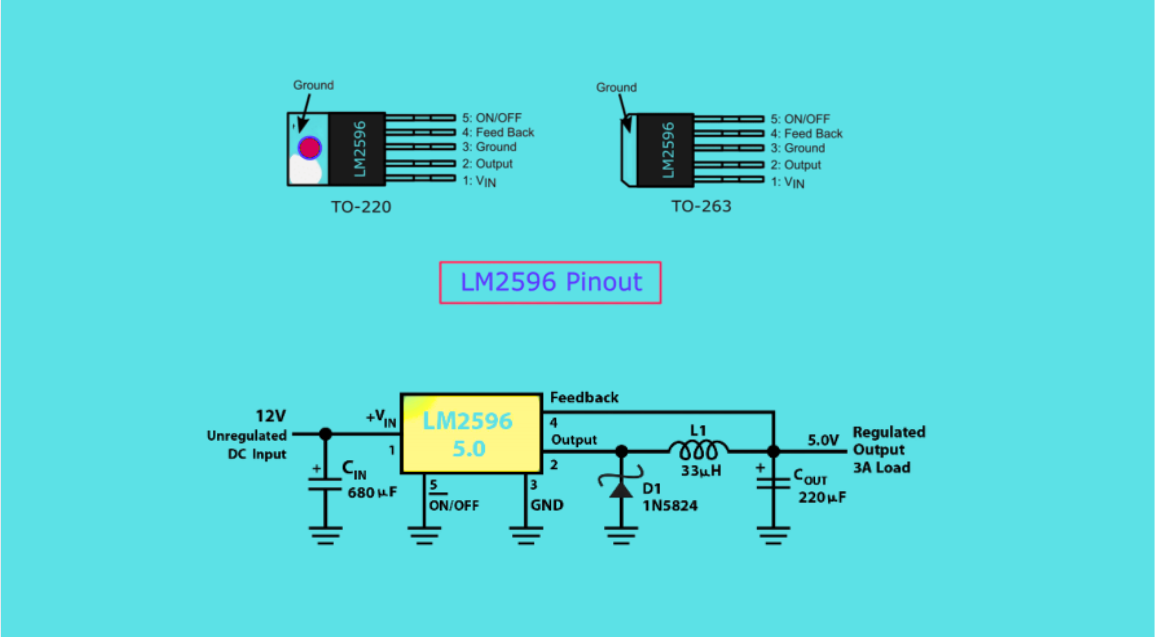
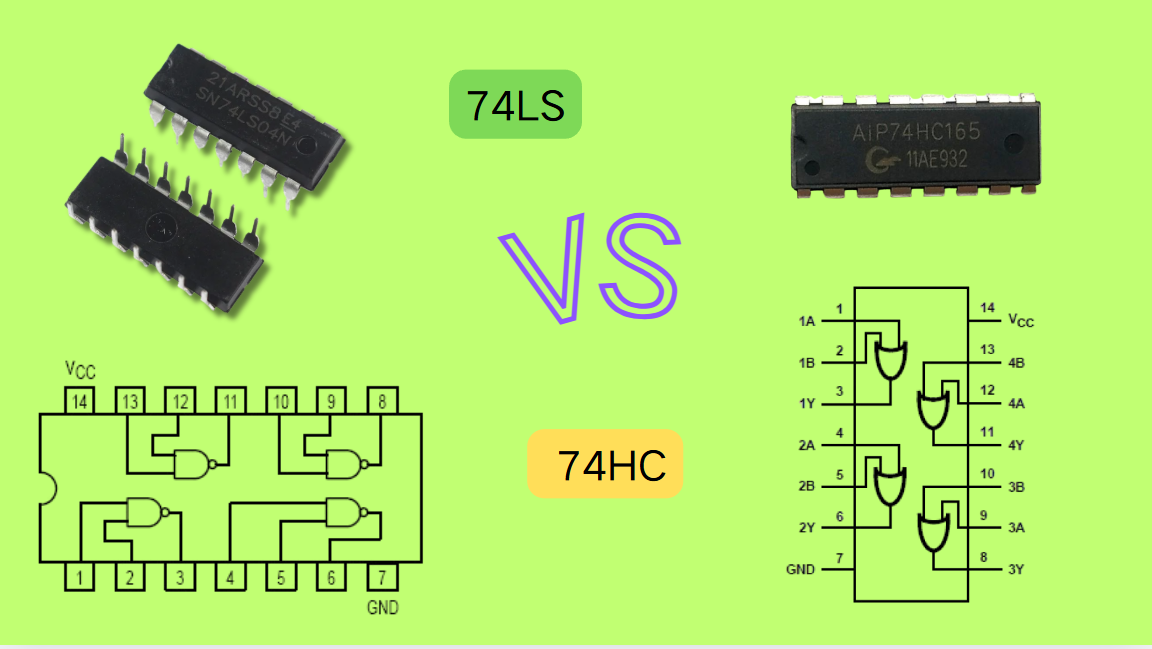
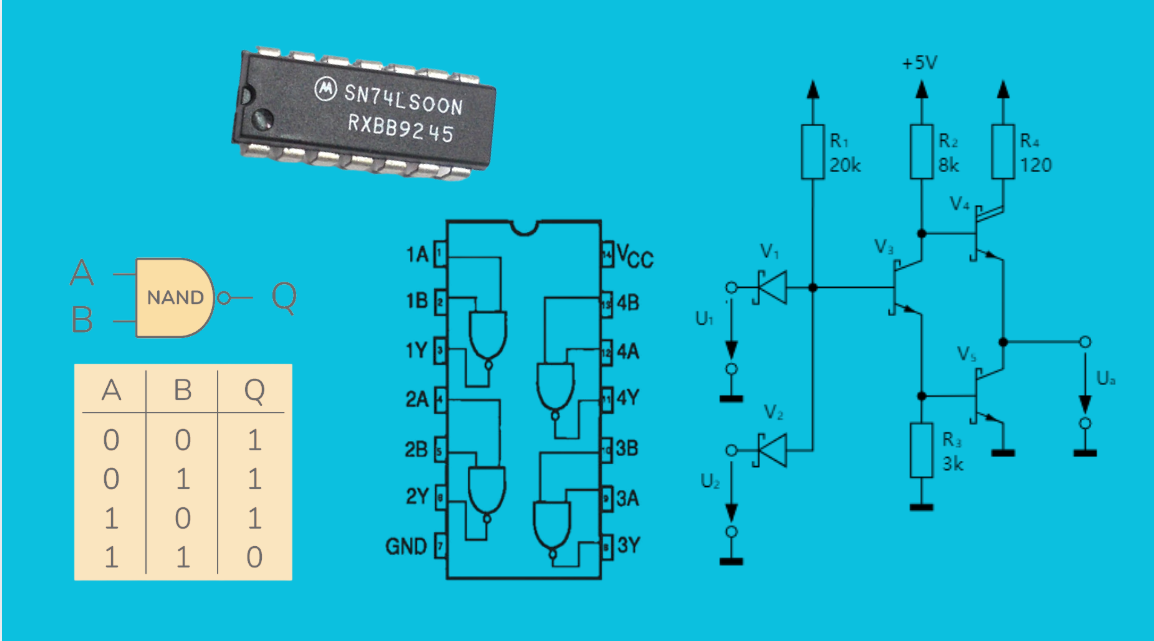
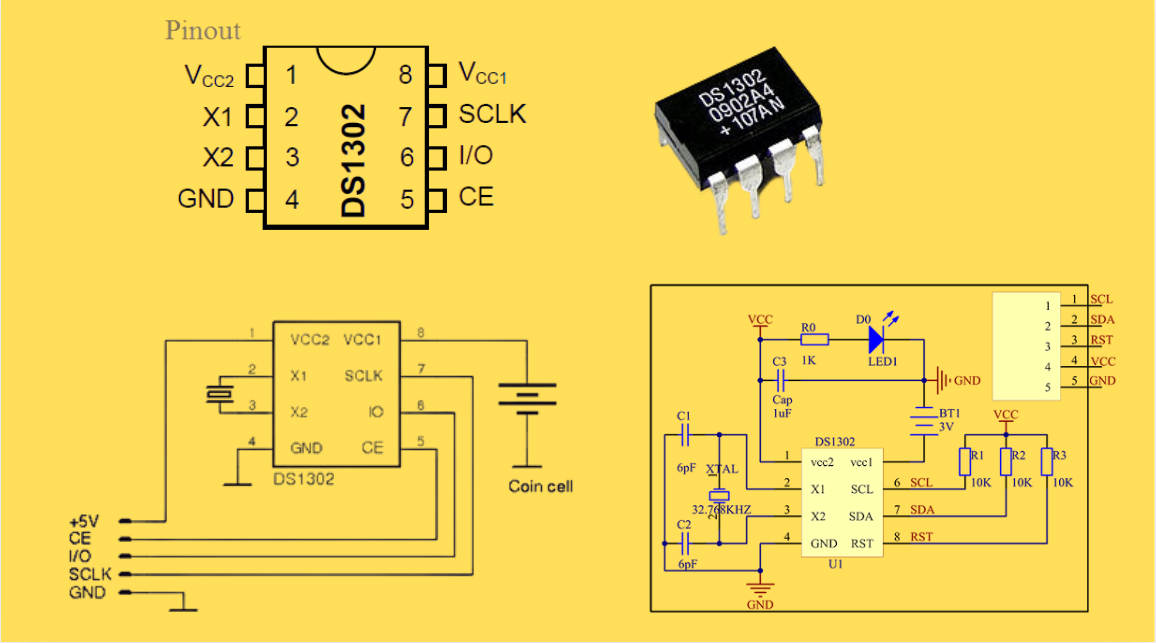

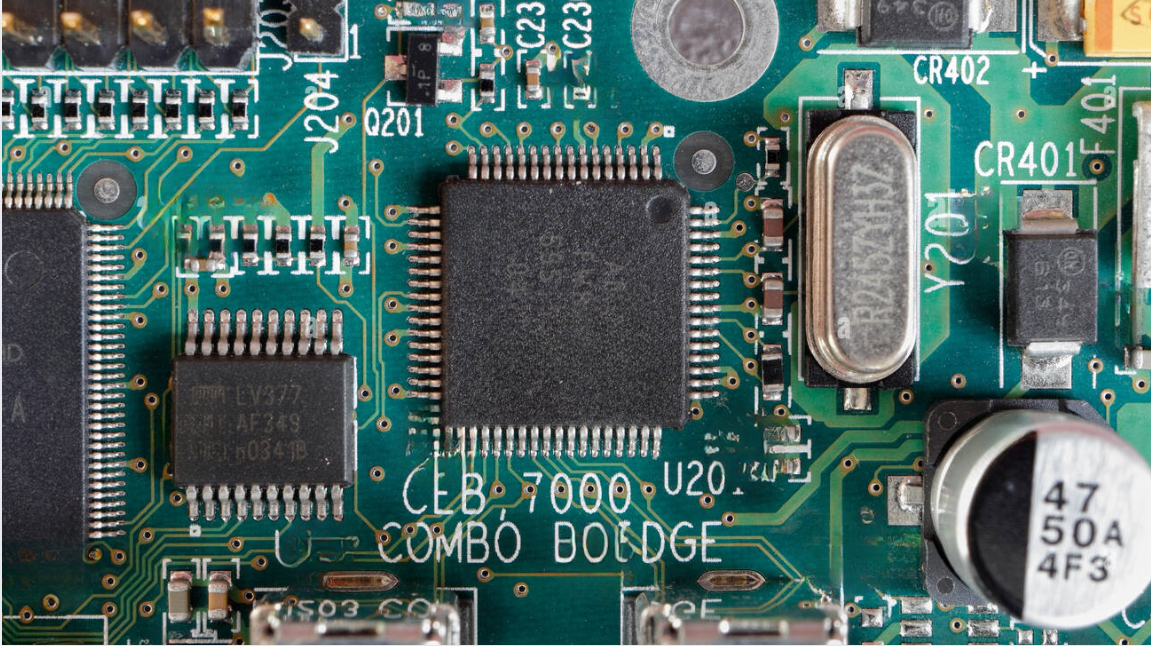
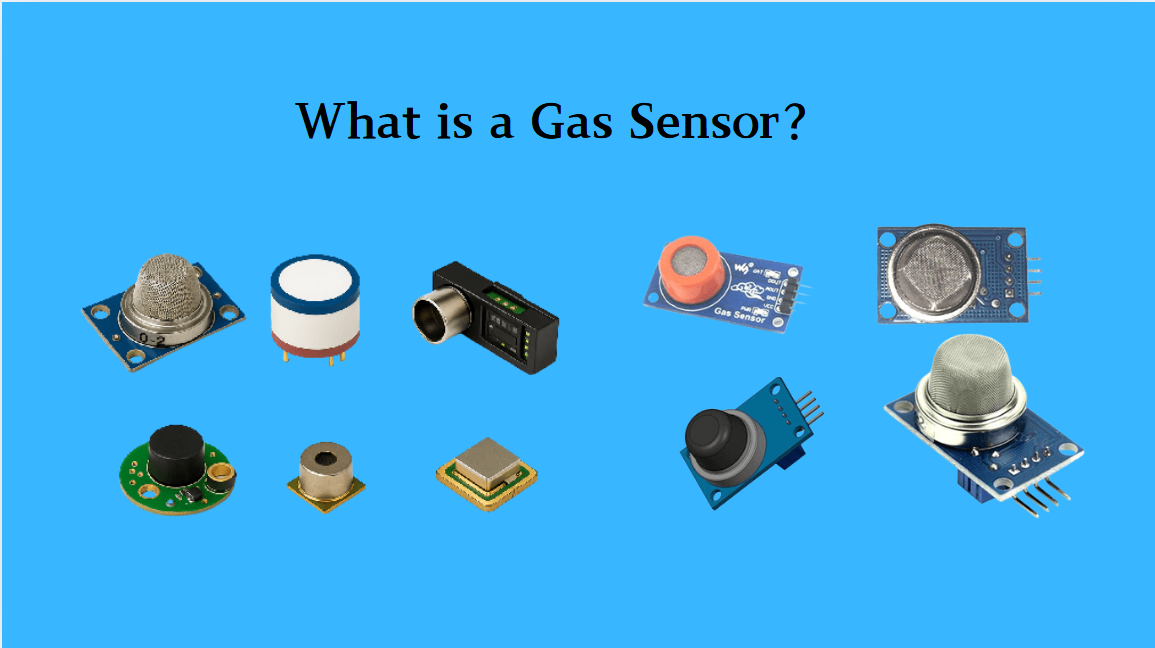
 Wishlist (0 Items)
Wishlist (0 Items)